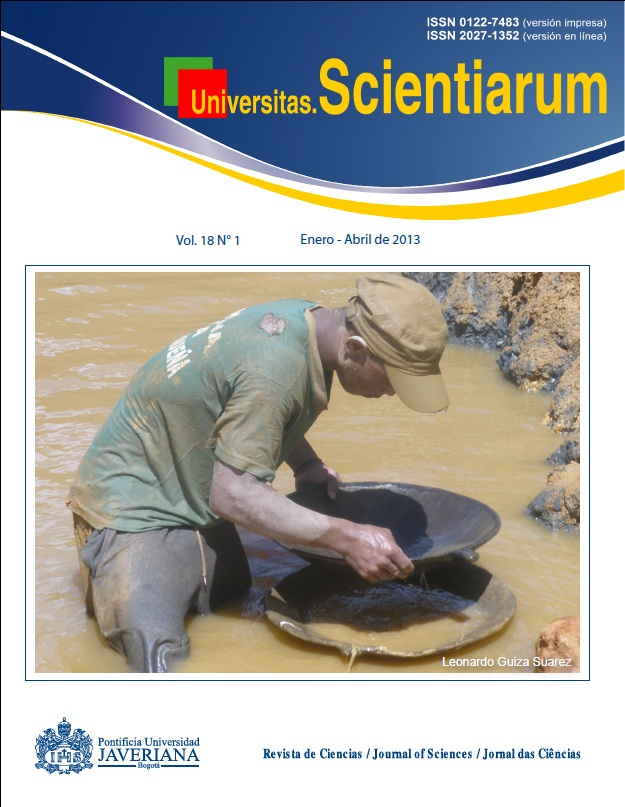Abstract
Se compararon química y microbiológicamente morteros en Bogotá, Villa de Leyva y Barichara. Las muestras se analizaron por espectrometría de absorción y emisión atómica, espectroscopia infrarroja con transformada de Fourier, difracción de Rayos X, microscopía electrónica de barrido y espectroscopia por dispersión de energía. Se realizó el conteo de UFC por el método de diluciones, para luego identificar los microorganismos fúngicos. Se encontraron óxidos de silicio, aluminio, calcio, hierro, magnesio, yeso, weddellita, despuljosita, cuarzo, berlinita, carbonatos, mica, feldespatos, silicatos, sales de nitratos, sulfitos y compuestos orgánicos. Se encontraron partículas irregulares entre 10, 50 y 100 µm y fibras de tipo orgánico de 20 µm. Se identificaron los géneros fúngicos Aspergillus, Penicillium, Alternaria, Fusarium, Mucor y Syncephalastrum. La muestra de Bogotá presentó el mayor número de UFC/mL y humedad relativa a diferencia de Villa de Leyva y Barichara. La mayor presencia de hongos en Bogotá se evidenció por la degradación de la mayoría de los metales identificados. Esta comparación química y microbiológica puede sugerir un plan eficaz de intervención para la eliminación y prevención del biodeterioro y así conservar obras patrimoniales.Univ. Sci. is registered under a Creative Commons Attribution 4.0 International Public License. Thus, this work may be reproduced, distributed, and publicly shared in digital format, as long as the names of the authors and Pontificia Universidad Javeriana are acknowledged. Others are allowed to quote, adapt, transform, auto-archive, republish, and create based on this material, for any purpose (even commercial ones), provided the authorship is duly acknowledged, a link to the original work is provided, and it is specified if changes have been made. Pontificia Universidad Javeriana does not hold the rights of published works and the authors are solely responsible for the contents of their works; they keep the moral, intellectual, privacy, and publicity rights. Approving the intervention of the work (review, copy-editing, translation, layout) and the following outreach, are granted through an use license and not through an assignment of rights. This means the journal and Pontificia Universidad Javeriana cannot be held responsible for any ethical malpractice by the authors. As a consequence of the protection granted by the use license, the journal is not required to publish recantations or modify information already published, unless the errata stems from the editorial management process. Publishing contents in this journal does not generate royalties for contributors.



